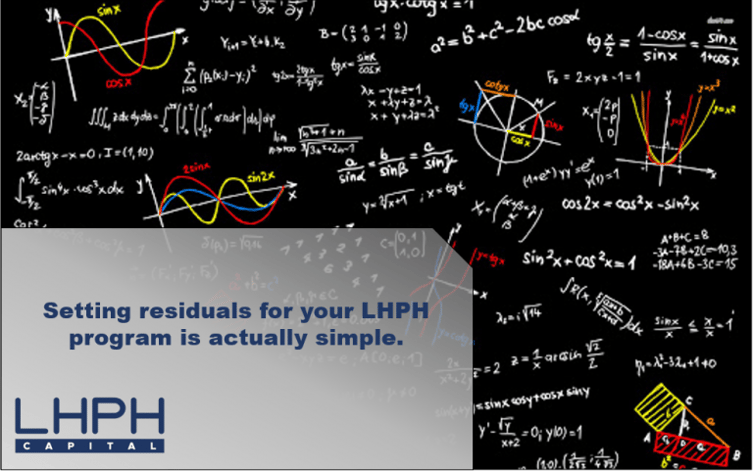HOW TO SET YOUR RESIDUAL VALUES FOR LEASE-HERE, PAY-HERE
Trevor Watson | March 10, 2020

One element of leasing that we receive a lot of questions about is, “how do I set an accurate residual value?” Most dealers are familiar with new car leasing and the science behind the setting of residuals on new cars. A lender in new car leasing will live or die by how accurately they can predict a three-year residual on the vehicles they lease today. Many people in the auto industry have heard the horror stories from the previous residual value crises that knocked many big-name players out of the industry, once upon a time. This leads to a degree of anxiety about attempting to set their own residuals on their LHPH program.
Great news! Setting residuals on Lease-Here, Pay-Here is not nearly as challenging or frightening as it is with new car leasing. Residual risk is not a significant risk for LHPH dealers if they follow some basic guidelines and focus on the purpose of LHPH; offering reliable vehicles that can run multiple full-term leases. Here are the three primary ways to set your residuals.
- Most LHPH dealers use a 20% residual of the Agreed Upon Value of the car (the sales price). So if they bought a car for $7,000 and lease it to the customer at $10,000, they will set the residual at $2,000 (20% of the $10,000). A key reason for the 20% level is maintaining compliance with Regulation M for consumer leasing. While Reg M technically allows for residuals to be set down to 10%, keeping your residual up at 20% or greater will ensure you do not run into issues with disguised retail installment sales contracts. This level has also proved to be fairly accurate for most vehicles in the $5,000-$10,000 range.
- Other LHPH dealers will set their residual based on the term and the ACV of the vehicle. If they are rolling higher value vehicles, maybe around a $12,000 ACV unit, and leasing it for $15,000 on a 36-month lease, they will probably be up toward a 30-35% residual. If the term is shorter, they will raise the residual and if the term is longer, they will drop the residual. However, we do not recommend extending your term over 36 months, it really isn’t necessary to keep the payment in the sweet spot of $400-$500/month thanks to the residual on the lease.
- The third method our dealers will employ is utilizing MMR to set their residuals. We have dealers who will check MMR on a deal by deal basis. They will look up what a similar vehicle, 3 model years older with roughly 60k more miles on it, is going for at auction today and set their residual at that number.
While residual setting is important in LHPH (for customer affordability and term), it is key to remember the primary goal of your platform. The goal with LHPH is to spin the same car for 2-3 full term leases before you liquidate the vehicle. Therefore, the residual on the first one or two leases is not overly important, if you can put the vehicle back out a second or third time.
By the time you reach the last lease cycle, if you miss the residual by $500, or even $1,000, you have made a solid ROI on that vehicle over the course of its useful life. As a dealer, you step up on an occasional trade in your retail business today and pay $500-$1,000 over ACV to get a customer into another car. The same applies here, however, that single vehicle sale is not nearly as profitable as the long-term profitability of your lease fleet units.


